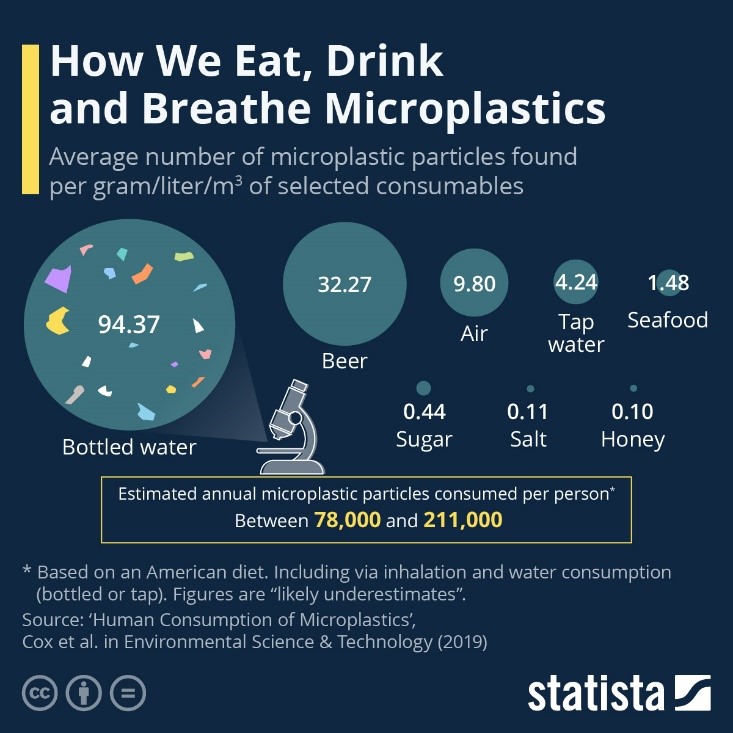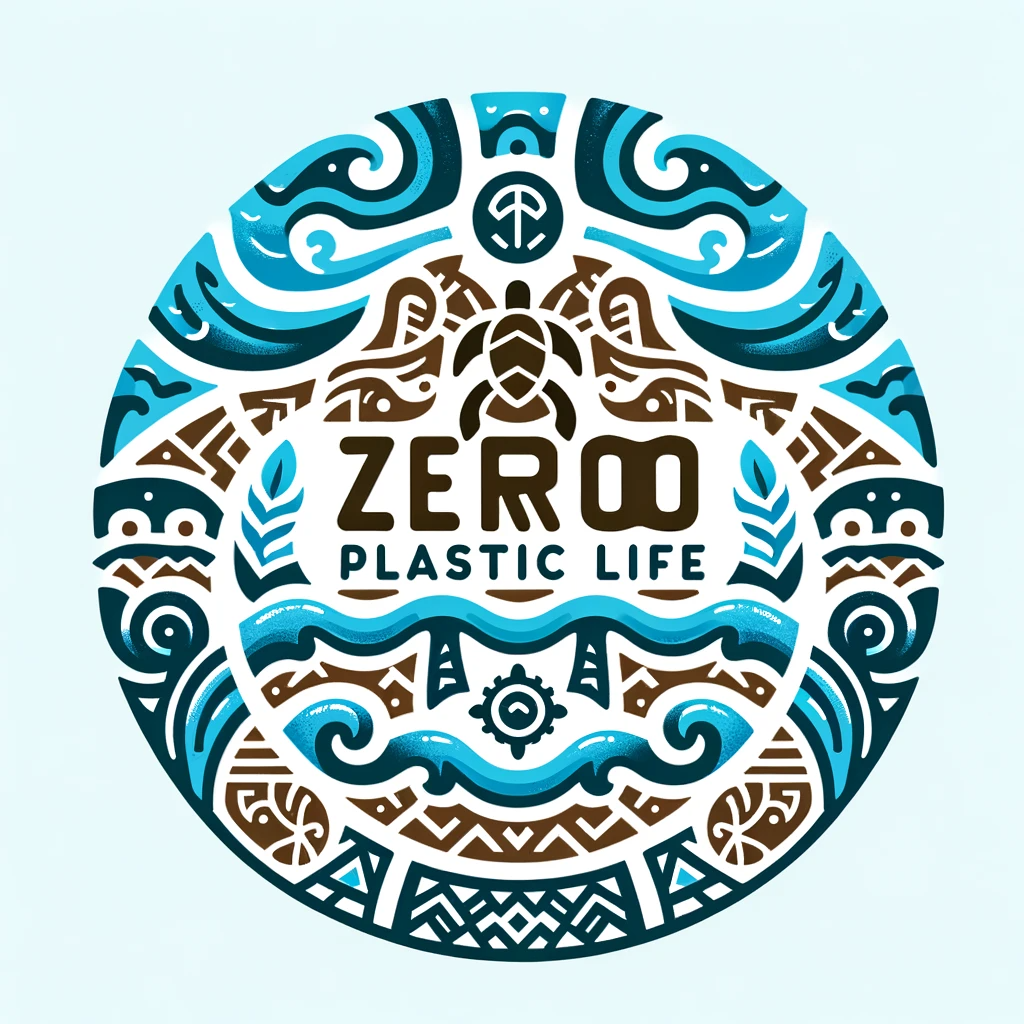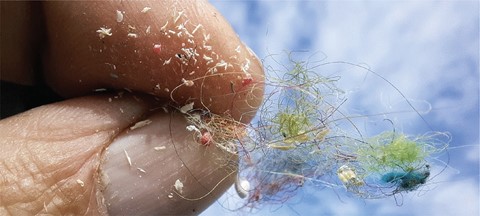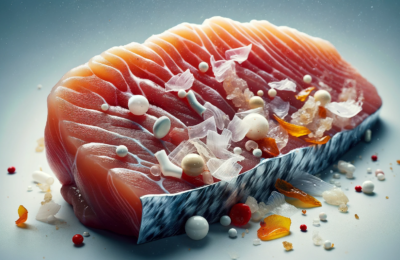Plastic. It’s everywhere, from the water we drink to the clothes we wear, and its pervasive presence is raising critical concerns about its impact on human health, particularly for children. Microplastics, tiny fragments of plastic less than 5 millimeters in size, have infiltrated our environment and are now entering our bodies through various pathways, posing a silent threat we can’t ignore.
The Plastic Invasion:
Microplastics don’t discriminate. They contaminate our food chain through seafood, dairy, and even breast milk. They infiltrate our homes through dust, settle on toys and clothes, and are commonly ingested by young children who are just exploring their surroundings. We inhale them both indoors and outdoors, with studies suggesting babies are exposed to even higher levels due to their proximity to the ground and tendency to put things in their mouths. It is estimated that the average person eats, drinks and breathes between 78,000 and 211,000 microplastic particles every year, with bottled water being the biggest culprit.

From Tiny Particles to Big Problems:
Once inside our bodies, the consequences of microplastic exposure are only beginning to be understood.
Here’s what we know so far:
- Bioaccumulation: Microplastics can accumulate in our organs, potentially causing long-term damage like inflammation and cell death.
- Brain barrier breach: Smaller nanoplastics can breach the blood-brain barrier, raising concerns about potential neurological impacts.
- Developmental risks: Studies link microplastic exposure to pre- and post-natal health issues, including miscarriage, male infertility, and childhood cancers.
- Endocrine disruption: Chemicals present in plastics can disrupt our hormone balance, potentially impacting early puberty and other health problems.
- Increased vulnerability: Babies and infants, with their crawling, teething, and object exploration, are disproportionately exposed, raising concerns about their long-term health.
Clean Up Your Act and Advocate for Change:
While research is ongoing, the potential health risks posed by microplastics are too significant to ignore. We need to act now to protect ourselves and future generations.
While it may feel impossible to take this on, there are some steps we can take. They don’t all have to be big! Some are smaller and may feel more attainable:
- Think upstream, not downstream: Consider where your items are coming from BEFORE purchasing. Recycling is simply not enough. Vote with your dollar and do your research any time you buy something.
- Reduce plastic use: Opt for reusable containers, choose products with minimal packaging, and avoid single-use plastics whenever possible. Bring your own glass container when going out to eat to avoid plastic to-go containers.
- Get creative with leftovers: Repurpose food containers, jars, and even fabric scraps to store leftovers or craft new items.
- Wash hands frequently: Reduce ingestion of microplastics from contaminated surfaces, especially before eating.
- Support responsible brands: Choose companies committed to reducing plastic use and using sustainable materials.
- Prioritize natural materials: Opt for wooden toys, cotton clothes, and bamboo furniture to reduce potential microplastic exposure.
- Clean with care: Look for natural cleaning products free of microplastics and avoid abrasive scrubs that shed microplastic particles. Buying products in bulk and making your own, storing in repurposed glass containers, is a great option.
- Contact your representatives and support advocacy: Urge representatives to implement stricter regulations on plastic production and disposal. Advocate for changes.
- Spread awareness: Educate yourself and others about the issue and encourage responsible choices within your community.
Remember: Every action, however small, contributes to a healthier future. By reducing our plastic footprint, advocating for change on a local level and within policy, and making informed choices, we can collectively create a world where microplastics no longer pose such a threat to our health.





